Sudden betta death
Lexarose
11 years ago
Related Stories
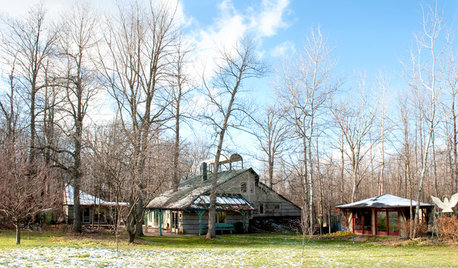
LIFEWhen You're Suddenly Solo at Home
Whether you stay in a home alone or move on, these strategies from professional organizers can help you with the process
Full Story
CALIFORNIA NATIVE PLANTSGreat Design Plant: Coast Live Oak
The stuff of legends and memories, this California tree is one to build a whole landscape around
Full Story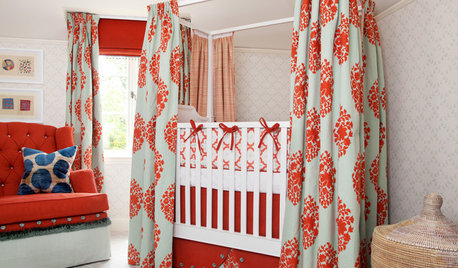
KIDS’ SPACES8 Tips for Peaceful Bedroom Sharing With Baby
Enjoy better sleep, neatness and enough space for everyone’s things with these shared-room strategies
Full Story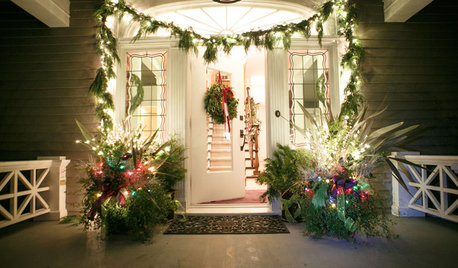
LIFE10 Ways to Cope With Grief During the Holidays
If you are experiencing loss, take it from an experienced griever — life has changed forever, but it does get better
Full Story
LIFE10 Ways to Work Through Grief Triggers During the Holidays
A year after losing her sister, she was facing another holiday. Here’s how one woman learned to find joy again
Full Story
LIFE10 Ways to Honor and Remember a Departed Loved One at Home
Help the grieving process and keep beautiful memories alive with these thoughtful tributes
Full Story
HOUSEPLANTS8 Essentials for Healthy Indoor Plants
Houseplants add so much to our homes — and can thrive when grown in the right conditions. Keep these tips in mind
Full Story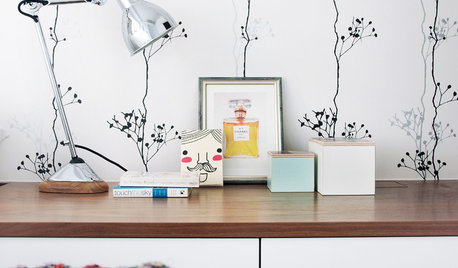
LIFE10 Steps for Saying Goodbye to Sentimental Objects
Are keepsakes cluttering your space and your life? Consider this approach for letting go and moving on
Full Story
REMODELING GUIDESFinish Your Remodel Right: 10 Tasks to Check Off
Nail down these key details to ensure that everything works properly and you’re all set for the future
Full Story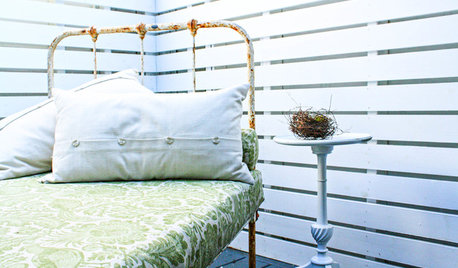
MOST POPULAR10 Steps to a Happier Weekend
Savor your precious days off while still checking off to-do’s by following this simple plan
Full StorySponsored
Industry Leading Interior Designers & Decorators in Franklin County






Karolina11
LexaroseOriginal Author
Related Professionals
Canton Landscape Architects & Landscape Designers · Derry Landscape Architects & Landscape Designers · Holly Springs Landscape Architects & Landscape Designers · Danbury Landscape Architects & Landscape Designers · Brentwood Landscape Contractors · Bloomington Landscape Contractors · Essex Landscape Contractors · Pacifica Landscape Contractors · Santa Maria Landscape Contractors · South Farmingdale Landscape Contractors · Stony Brook Landscape Contractors · Welby Landscape Contractors · Baton Rouge Decks, Patios & Outdoor Enclosures · Centreville Decks, Patios & Outdoor Enclosures · Portland Decks, Patios & Outdoor EnclosuresKarolina11
LexaroseOriginal Author
Karolina11
tammypie
LexaroseOriginal Author
Karolina11
eahamel
Karolina11
LexaroseOriginal Author
BetaThanYou
forcht